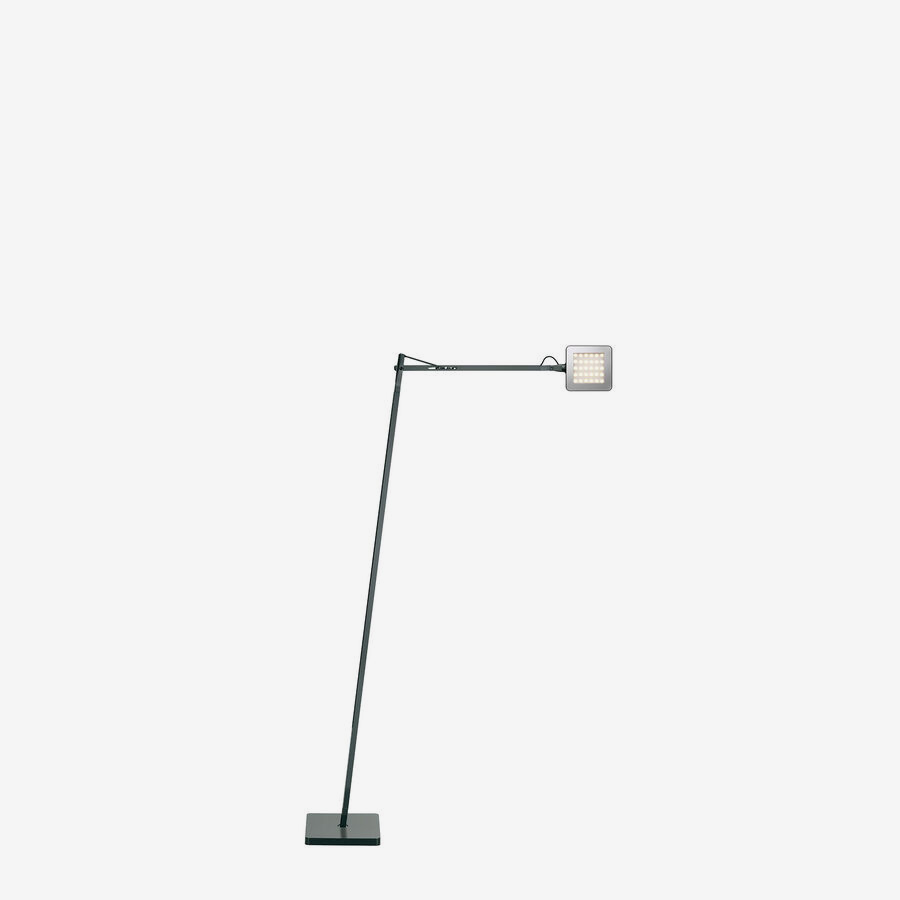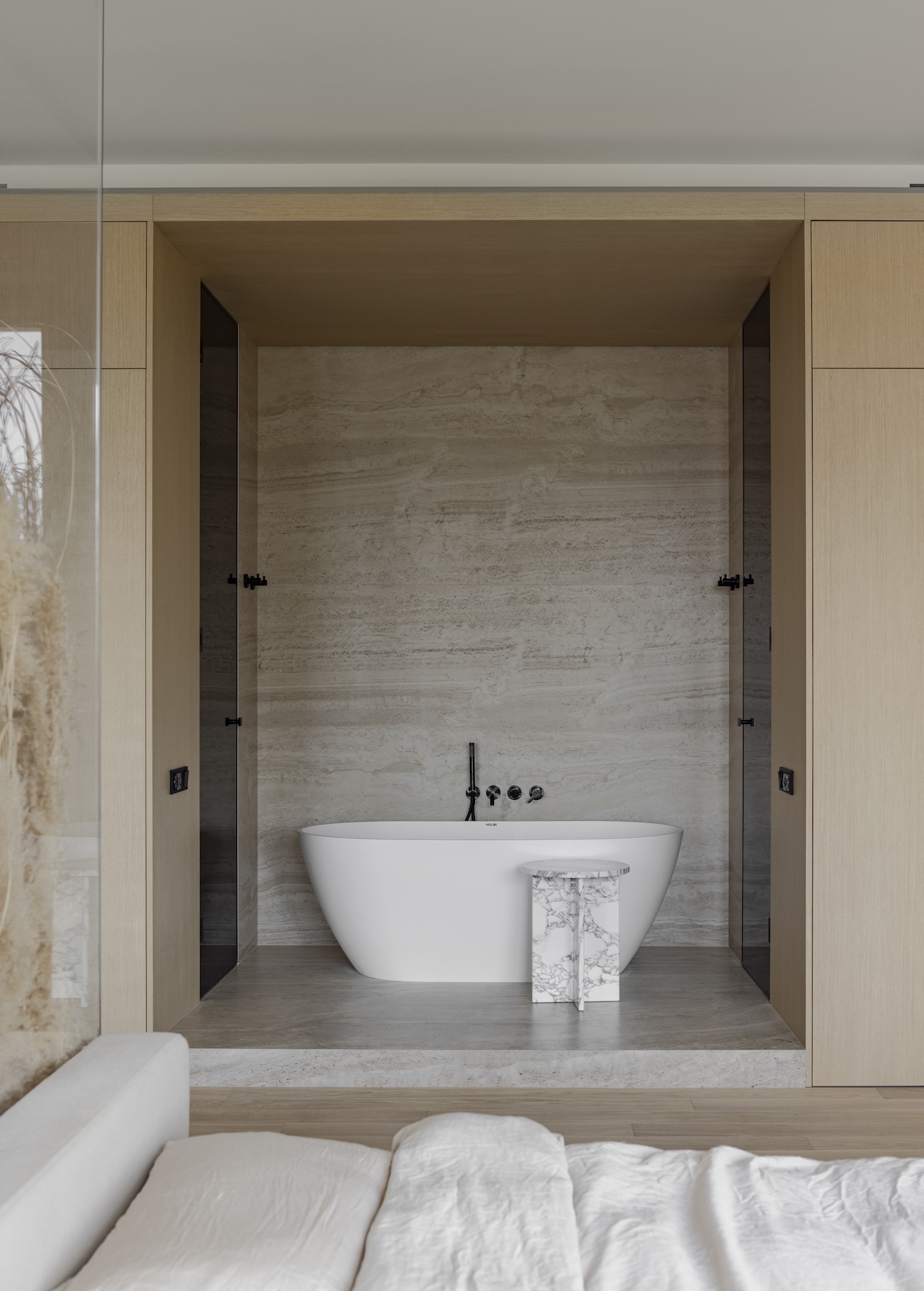K17 is a minimalist apartment located in Minsk, Belarus, designed by ZROBIM architects. In a corner of this 140-square-meter apartment, three walls of glass frame a suspended garden – not planted earth, but stabilized moss and preserved botanicals floating in crystalline suspension. This singular detail reveals the entire philosophy of a space where nature becomes sculpture, where restraint achieves richness, and where the most profound design decisions are often the ones left unmade.
The apartment unfolds as a meditation on architectural thinking applied to domestic life. Here, the designers have crafted what they call “a manifesto of architectural thinking in residential design,” deliberately moving away from the eclectic layering that has dominated contemporary interiors toward something more essential. The result speaks to a lineage that traces back to Adolf Loos’s famous declaration against ornament, yet feels entirely contemporary in its execution.
At the project’s heart lies a sculptural core of veneered wood and stone niches that establishes the spatial rhythm. This central volume – containing kitchen, storage, and primary bathroom – operates as both functional necessity and compositional anchor. The secondary block, housing guest quarters and workspace, creates a counterpoint that demonstrates how clarity of organization can generate architectural poetry. “We intentionally moved away from eclectic layering to create a calm, composed environment led by structure and material clarity,” the designers explain, and this philosophy permeates every junction and transition.
The material palette reveals sophisticated restraint: whitewashed oak, travertine, soft leather, and matte white create what the designers describe as “a serene, tactile atmosphere.” Each surface choice reinforces the others, building a cumulative effect that feels both monastic and luxurious. The continuous engineered oak flooring flows uninterrupted throughout, while technical elements disappear into custom cabinetry and concealed service panels – a feat of coordination that recalls the seamless integration pioneered by mid-century California modernists like Pierre Koenig.
Perhaps most telling is the treatment of lighting, where “soft reflections on natural textures replace ornament.” Concealed cornice lighting, diffused general illumination through black-finished fixtures, and carefully placed accent lighting work together to activate the material surfaces. This approach to illumination as composition rather than mere function connects to contemporary practices in museum design, where light becomes the medium through which objects reveal their essential qualities.















